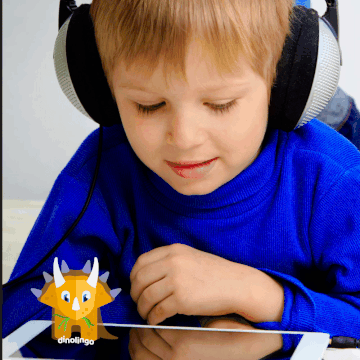Best methods to learn Latin: How to teach children Latin
Online Latin lessons for kids: dinolingo.com Get fairy tales and storybooks in Latin online or from your local library Children love shared reading time and regardless of language acquisition, they will always remember the time they spent with you reading books. Try to find books with good illustrations. Look at the pictures with your child, […]
Best methods to learn Latin: How to teach children Latin Read More »















